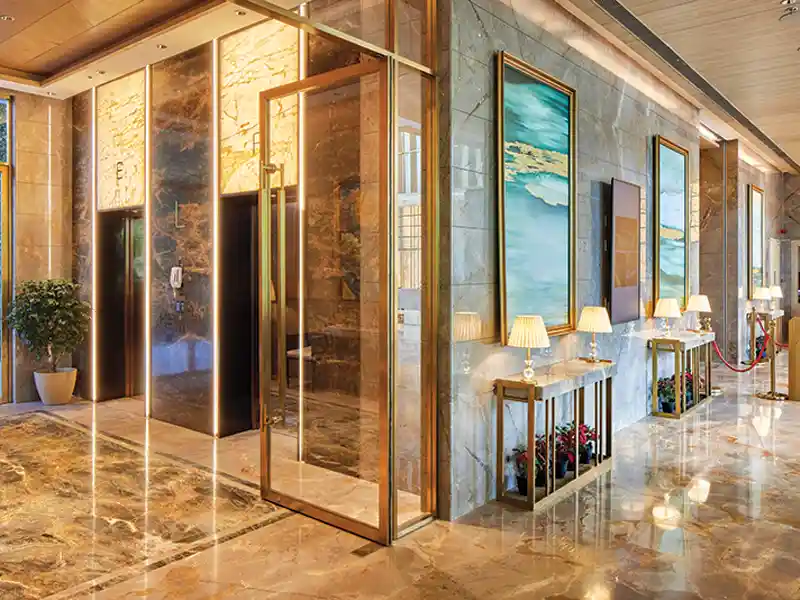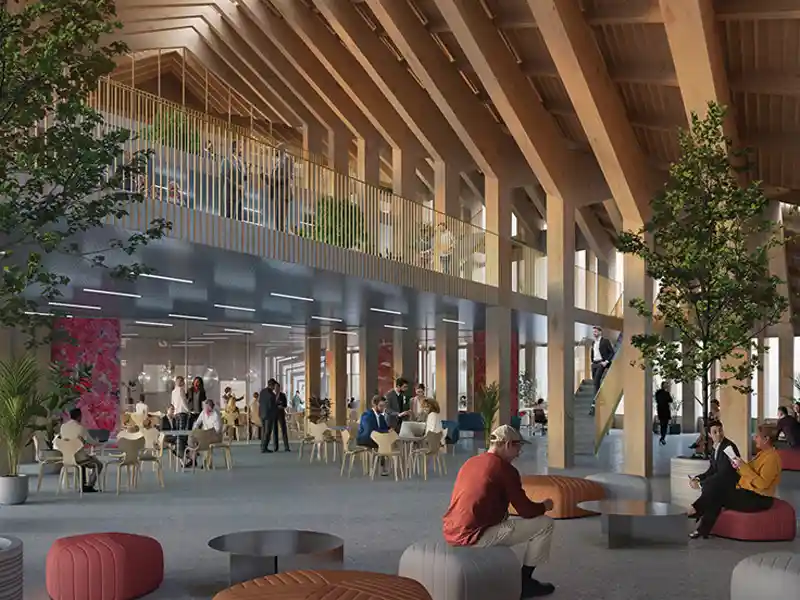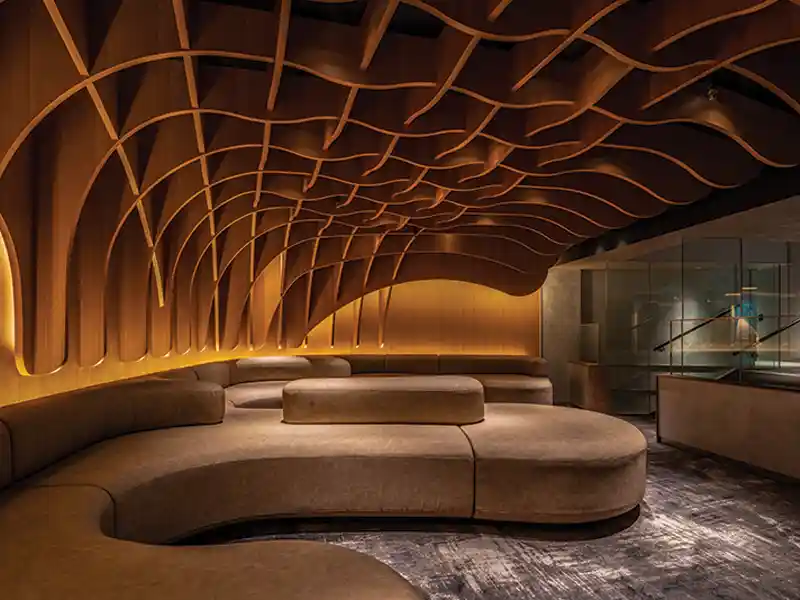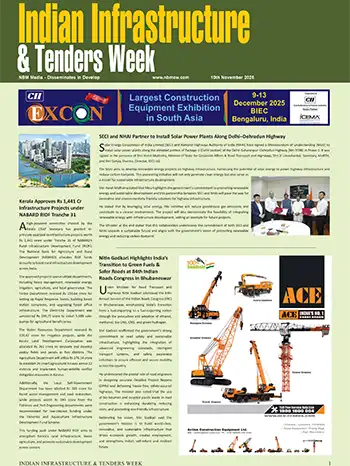
Recent studies have shown that there is a significant gender imbalance in contemporary architecture and design, with fewer women than men participating in the field. To achieve greater gender equity, strategies must be implemented to actively promote equal access to the field and its resources.
While it is essential that women get an equal opportunity to learn and participate, they continue to face gender-based inequalities like earning lower salaries than their male counterparts and struggling to break through the glass ceiling.

Pervasive sexism is also a significant barrier for women, plus they have less access to career-advancing opportunities, and inadequate career guidance/mentorship. They may also encounter subtle barriers to artistic expressions. Though there has been a lot of progress in recent years, a lot still needs to be done to create a more equitable environment for female architects and designers.
Advanced technology and automation have had a significant impact on women’s capabilities in architecture and design. With a decreased need for manual labour, women are now assigned more detailed and complex tasks, allowing them to showcase their technical skills and creativity. Although there was an initial lack of confidence, women have adapted to the rapidly changing environment and leveraged technology to further their success in the industry. This has helped to close the gender gap, facilitating participation by more women and promoting diversity in project design and creativity through sharing of ideas and opinions.

For women considering pursuing a career in architecture and design, investing in quality education, and earning a degree from a reputed institution, will give them the knowledge and skill to meet the challenges in this highly competitive field. It is essential to remember that a degree is not limiting; rather, it opens up opportunities to explore various specializations and develop a unique career path.
Achieving gender equality in the workplace and society requires collaboration between the government and companies. The government should employ legislation to ensure that policies are gender-inclusive and which uncover and address gender discrepancies. Companies must assess the gender implications of their own policies, understand the underlying dynamics that are causing imbalances, and foster a culture of gender inclusion to provide equal opportunities for women to grow and succeed.















